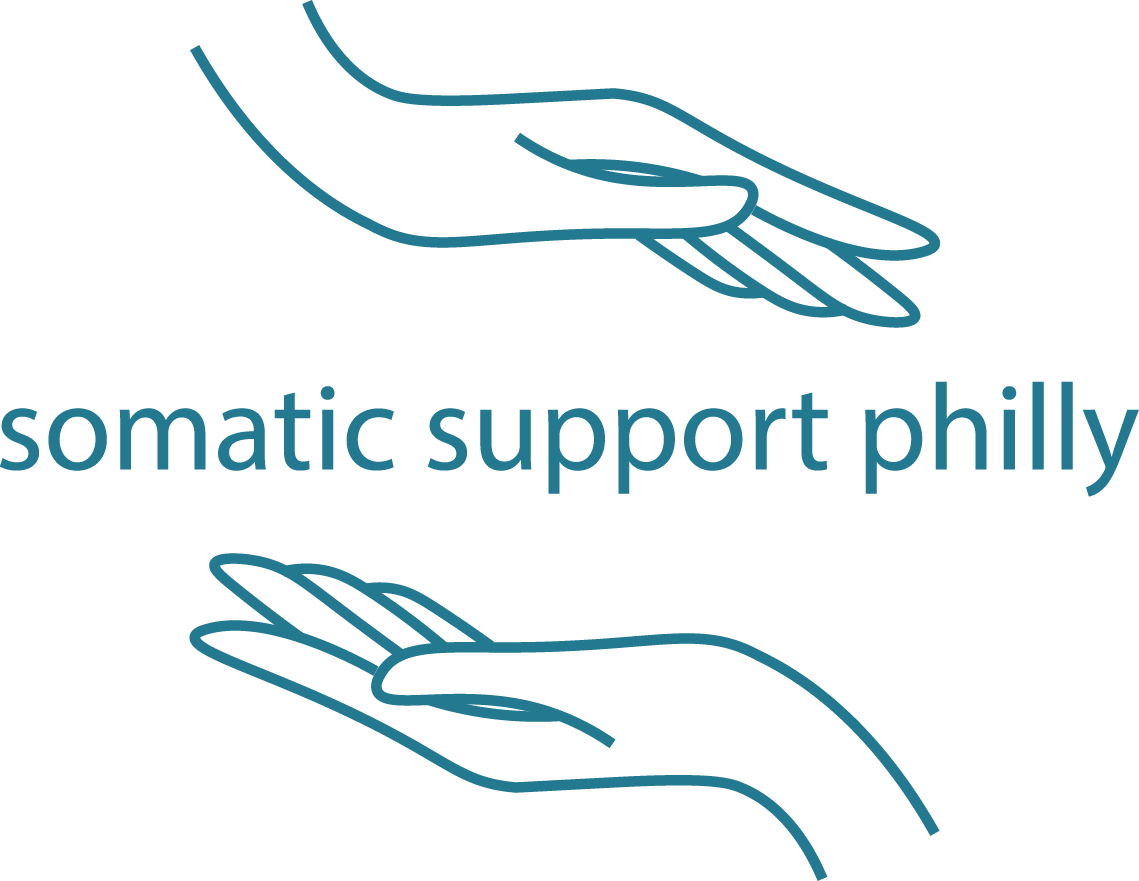tiered sliding scale fee framework
I have a small practice (fewer than 10 sessions a week) and I have set up a tiered sliding scale fee structure to imperfectly strike a balance between facilitating access to sessions and my own sustainability as a solo practitioner.
In the words of Holly Poole-Kavana at Little Red Bird Botanicals, "A sliding scale is a tool for building economic justice, and it requires your active participation. If a sliding scale is implemented effectively, everyone pays a similar percentage of their income for the same products or services. A wide range of payment options across the scale promotes broader accessibility, while ensuring fair compensation to the producer. Paying according to one’s available resources creates a more equitable system for pricing of products and services.
Sliding scales are often based on individual income levels, with people of higher incomes paying more. However, many factors complicate and affect our financial status. Some groups of people have costs that the larger population does not. Others have access to resources that are not always reflected in their lifestyle choices and income levels.”
I recognize that capitalism is harmful and dehumanizing to each of us individually in intersectional ways. That said, generally speaking, people who have been racialized as white as a whole have had more access to generational wealth, loans, grants, and social capital than Black and Indigenous people who have been excluded and marginalized over generations by white supremacist policies and institutional racism in the United States. I agree with Susan Raffo (in her book, Liberated to the Bone) about the two original wounds in the founding of the United States: (1) the extraction and exploitation of Black labor (2) land theft from and attempted genocide of people indigenous to this land. Therefore, the lowest end of the fee range (Lavender Tier) is reserved for Black and Indigenous people with limited access to resources, especially trans folks.
I'm aware that there's more nuance and I attempt to account for this in the self-assessment tool. For example, there are white people with limited income because of a disability or chronic illness, there are Black folks earning high incomes, and there are South Asian people with immigration-related expenses and no access to family support.
our exchange
I invite you to see the money you offer me as your session fee as:
1) part of the exchange of our relationship, specifically to honor the time, energy, and skills I share with you
2) enabling me to take care of myself so that I can show up with a spacious presence to our sessions and that of others
3) supporting my ongoing training, learning, and growth as a practitioner
4) contributing to a model of collective care
overview of session fees
identifying your session fee
Here is the self-assessment tool to assist you in identifying your session fee.
Tiered sliding scale fee structure is informed by the following sources: Ride Free Fearless Money, Worts & Cunning, Chynna Intuitive Business Guide, and Accountability Mapping.

